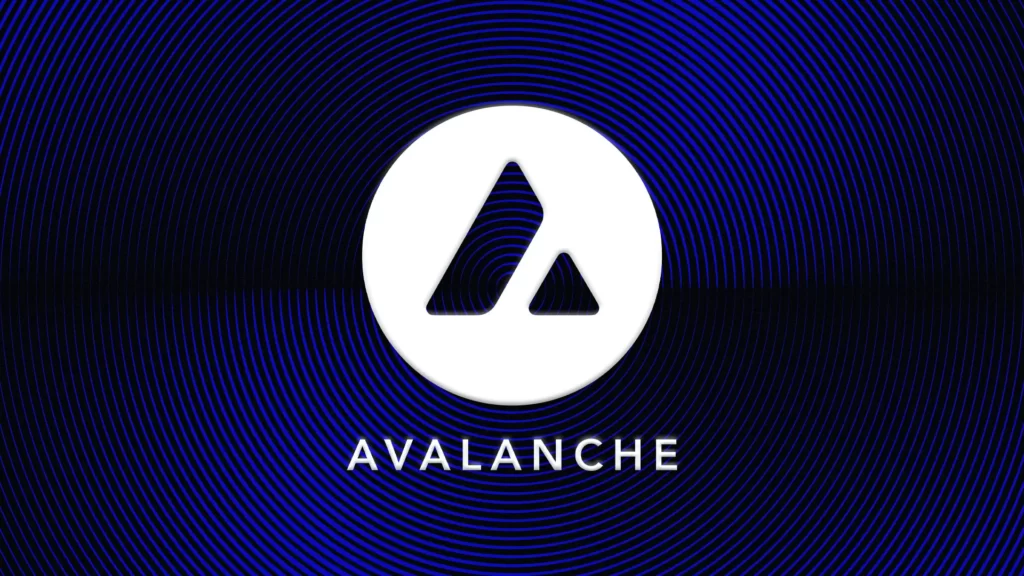Ava Labs is currently conducting trials on a high-capacity infrastructure framework designed to empower developers to create their personalized virtual machines.

The testnet of Avalanche, a layer-1 blockchain network, reportedly achieved a remarkable throughput of more than 140,000 transactions per second while testing its HyperSDK blockchain upgrade.
Presently, Avalanche is testing a framework designed for creating high-performance Virtual Machines (VMs) from the ground up on its network.
Ava Labs, the entity behind Avalanche, has structured HyperSDK to allow developers to seamlessly integrate into a highly efficient execution environment without the need to author extensive code from scratch.
This capability simplifies and expedites the development of customized VMs, facilitating the easier launch of optimized blockchains.
In controlled testing, HyperSDK demonstrated an impressive throughput of 143,322 transactions per second, as evidenced by a screenshot shared on GitHub.
By comparison, Avalanche presently claims to handle up to 4,500 transactions per second, Solana boasts between 2,000 and 3,000 transactions per second, while Ethereum manages a mere 15-20, according to data sourced from Coincodex.
During an exclusive interview at the Korea Blockchain Week 2023, Andrew Fenton, the Head of Product at Ava Labs, Nick Mussallem, expressed his anticipation that real-world transaction throughput will eventually stabilize at approximately 50,000 transactions per second.
“They’ve clocked at it at 141,000. But that’s in a very controlled environment. So I think if you were to cut that in half, it would still be very generous and probably will do more than that.”
Mussallem, when discussing the blockchain trilemma, which concerns the intricate balance between decentralization, scalability, and security, asserted that no compromises were made.
He emphasized that the Avalanche developers meticulously crafted the technology from scratch to enhance state management.
“Basically took out a lot of the stuff that was in the EVM (Ethereum Virtual Machine) that they felt was unnecessary on the networking layer, or at the storage layer, and then put our consensus algorithm underneath it. And it just goes fast. Now it’s optimized.
Blockchains constructed with HyperSDK will function as subnets referred to as HyperChains and can be tailored to fulfill any desired function by developers.
An intuitive user interface (GUI) will be available, eliminating the need for additional coding.
Additionally, developers will have the flexibility to choose their preferred VM, and Mussallem noted that launching it would be a straightforward process, taking just five minutes.
Mussallem also emphasized that HyperSDK is open source and presently accessible, albeit in its early beta stages.
However, it has yet to be officially launched and is yet to be production-ready, with the target for full readiness set for the end of the year.
